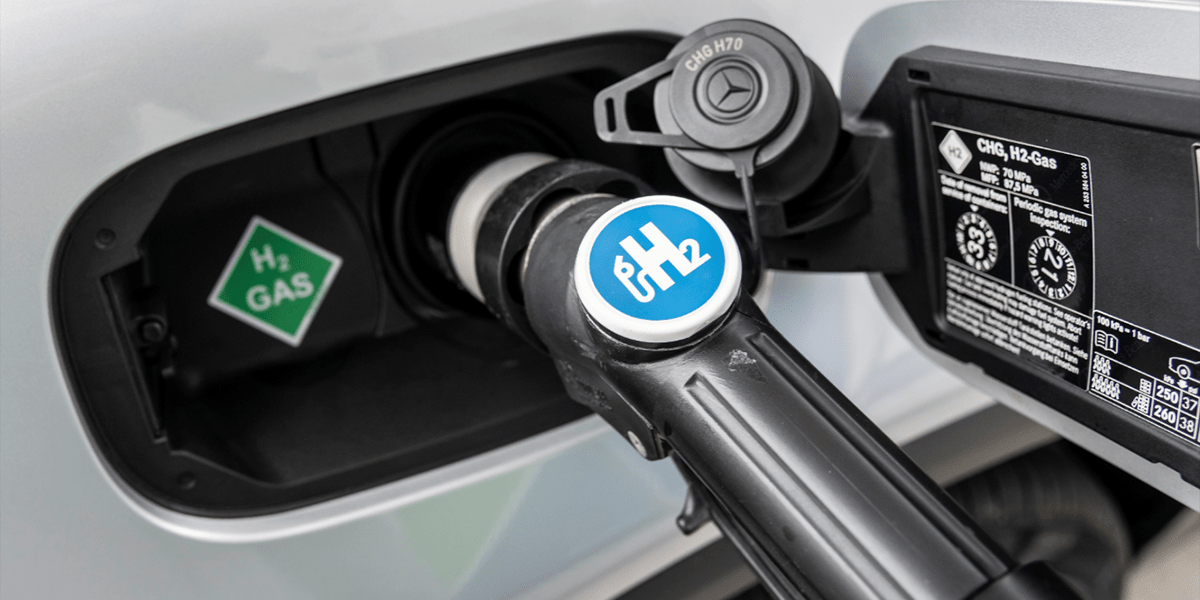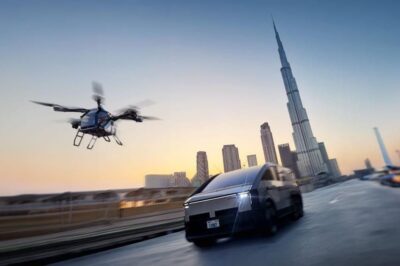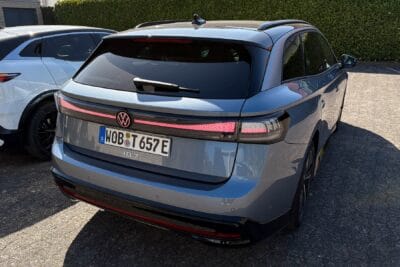China wants 1 million FCEVs on their roads by 2030
The Chinese government is aiming to get a million fuel cell vehicles on the roads by 2030 and is backing up this ambition with massive subsidies – at least in some parts of the country.
This year, buyers in 17 provinces will receive subsidies of up to 160,000 yuan (around 20,300 euros) per fuel cell car or up to 400,000 yuan (50,800 euros) for commercial fuel cell vehicles, according to a report by the South China Morning Post. Local authorities in ten cities are also awarding subsidies of up to 4 million yuan (508,300 euros) for the construction of each hydrogen filling station.
At the end of last year, only 1,791 fuel cell vehicles were registered in China. According to the South China Morning Post, the government has set an interim target of 50,000 FCEVs for 2025. Thus the government assumes a relatively moderate growth until 2025 and thereafter a rapid increase in FC registrations – 950,000 vehicles in five years.
Analysts believe a leap in new FC registrations is feasible. “FCEVs are currently at a similar stage of development to electric vehicles in 2013 and 2014, when the entire supply chain experienced explosive growth thanks to a top-down government process,” TF Securities said in an April announcement.
According to a China Hydrogen Alliance white paper published at the end of June on the development of the fuel cell industry, China aims to halve the cost of fuel cell systems to 4,000 yuan per kilowatt by 2025 – around 500 euros.
The Chinese government’s policies will help FCVs increase the overall number of zero-emission vehicles on the road since fuel cell vehicles have different advantages to purely battery-electric vehicles. With China’s keen eye on finite resources, they too have recognised that an optimum use of both technologies means that the overall use of limited resources is diversified. For example, fuel cell systems do not require cobalt or anywhere near as much lithium (since they are also electric), and the higher density of power makes fuel cell especially suitable for public transit and heavy-duty use where longer driving range and shorter refuelling time. Needless to say, both technologies are obviously cleaner than combustion engines, and the combination of both is essential in creating enough overall zero-emission energy to transition the transport sector.
“When you think about a bus – do you want it to carry more batteries or passengers?” said Alfred Wong, the Asia-Pacific managing director of Canada-based fuel cell technology developer Ballard Power Systems, on the advantages of using FCVs in public transit.
“Once we get the cost of heavy-duty vehicles down, we can address the lighter vehicles market, starting with the vehicles the ride-sharing applications enabled for smartphones, that require long driving range and short refuelling time,” he said.
That there is an increasingly clear tendency to use fuel cell for heavy-duty and long haul purposes is also visible in Europe. Just this week, long-haul passenger bus company, Flixbus announced it was testing fuel cell buses, and US fuel cell truck pioneers Nikola just won 250 million US dollars of investment from CNH Industrial with whom they are also planning to set up a European joint venture.
Of course, there is money to be made in the rapidly expanding market for fuel cell vehicles, and China obviously does not want to leave the promising field of fuel cell technology to Japan, the USA or Europe. With regard to FCEV, China is now stepping up to the goals set by Japan and Korea. But a larger picture is also emerging internationally: hydrogen is proving to have other economic advantages – namely in domestic and industrial power applications. In Europe, for example, a wider range of applications are being considered, especially related to using hydrogen in the natural gas network for urban heating.
A report on Chinese policy on hydrogen from the Netherlands in March this year surmised that this lack of a holistic hydrogen infrastructure is holding back the proliferation of FCEV on Chinese roads: “The storage and delivery part of China’s hydrogen value chain is still weak and hindering the roll-out of hydrogen refuelling stations.” Presumably this is the another reason for the fairly large government subsidies for refuelling stations mentioned above.
Japan and California have formulated similarly ambitious targets for FCEV. Japan is targeting 200,000 fuel cell vehicles by 2025 and 800,000 by 2030. In California, 37,400 FCEVs are to be on the road by 2023, by 2030 one million as in China. So far, though, South Korea is has made the most identifiable comittment to a hydrogen economy: the home country of Hyundai-Kia wants to have 1.8 million FCEVs on the road by 2030 – at the end of last year only 900 fuel cell vehicles were registered there.
With additional reporting by Carrie Hampel





2 Comments